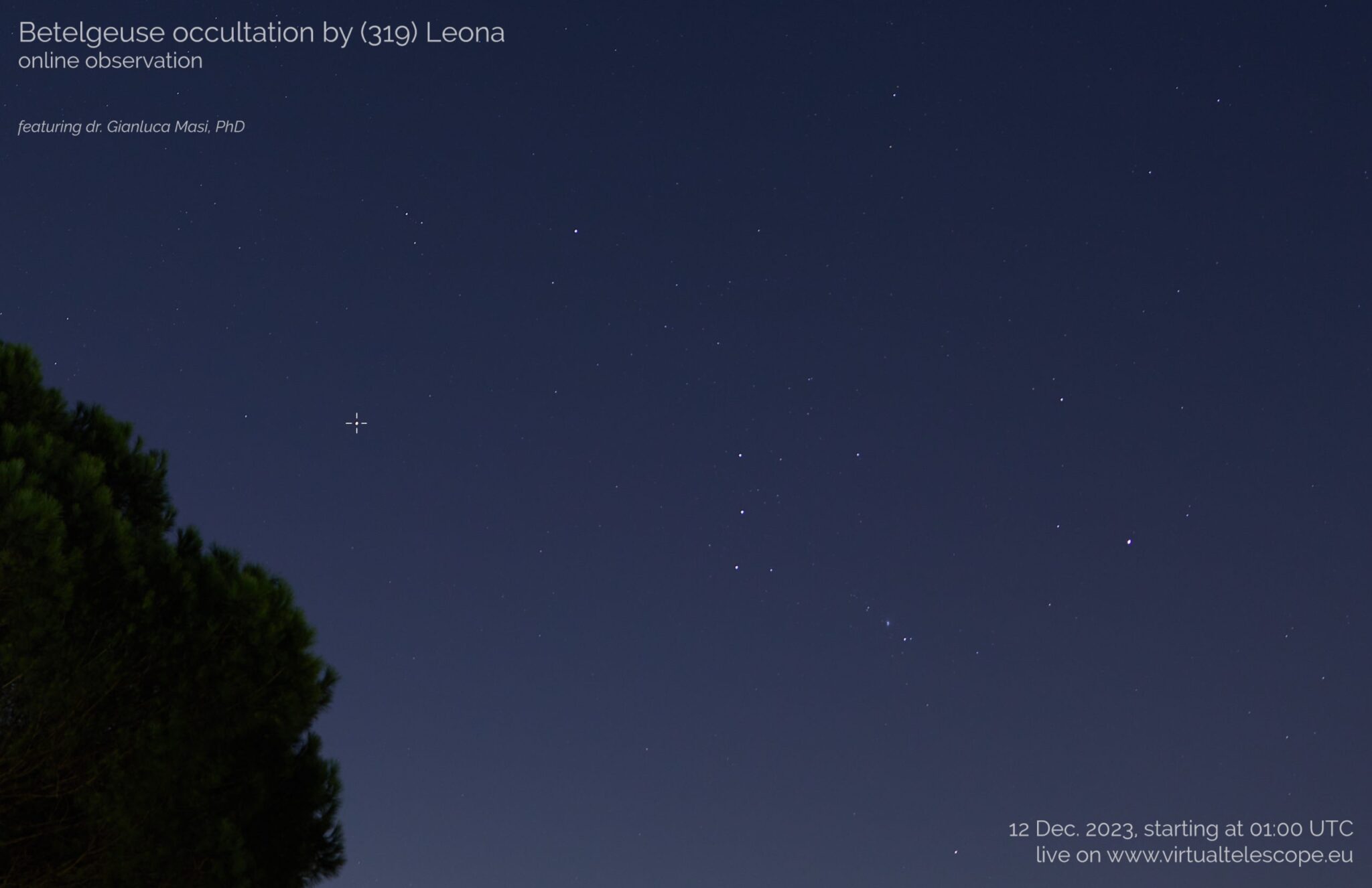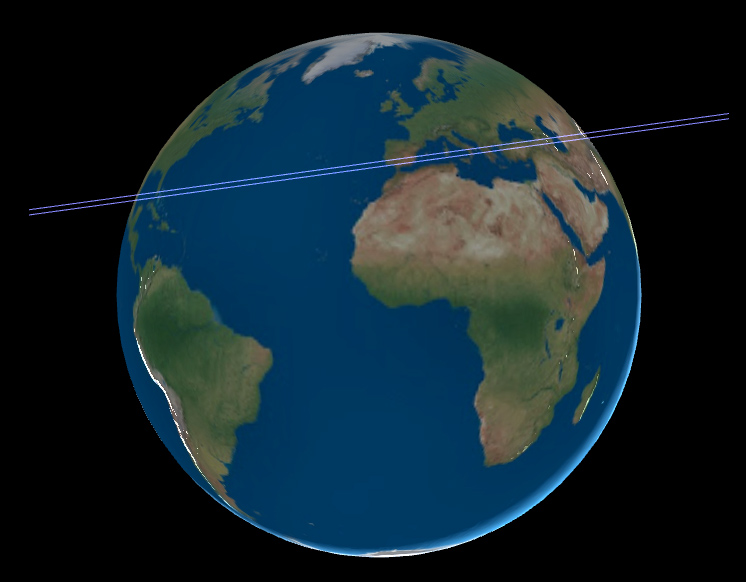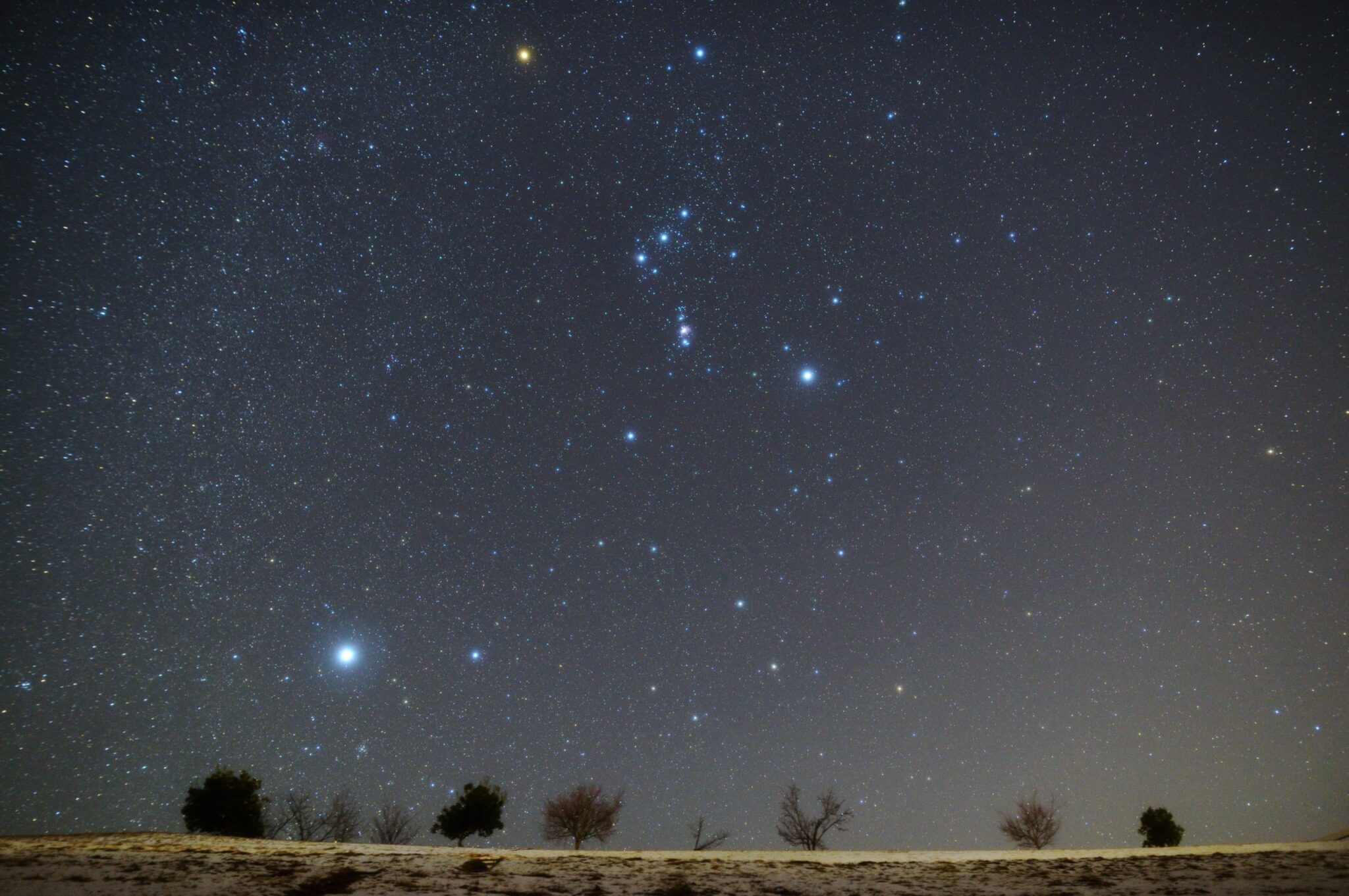This week, astronomers will observe a rare phenomenon: an asteroid will cover the tenth brightest star in the night sky, the red supergiant Betelgeuse in the constellation Orion.

On the night of December 11–12, asteroid 319 Leona will pass in front of the star from our position on Earth. This event will last only 12 seconds. But this short time will provide astronomers with a unique opportunity to create a detailed map of the surface of a giant star that has recently attracted attention with its unexpected brightness change.

Blocking the light of one of the brightest stars in the night sky with an asteroid is an extraordinary phenomenon. A small 68-kilometer asteroid can cause an annular eclipse of Betelgeuse in the form of a “ring of fire”. But this event will only be visible through telescopes. Astronomers hope that the eclipse will allow scientists to map the surface of Betelgeuse and learn more about its large convective zones, which affect the variable brightness of the star.

The eclipse will be short-lived and visible only from a narrowband that stretches from Asia to Southern Europe, the southern United States, and eastern Mexico. Those who were not lucky enough to be on the route of the stellar eclipse would be able to observe the phenomenon online. The organizers of the Virtual Telescope project in Italy will organize a live broadcast of the event. The broadcast starts at 03:00 a.m. UTC time on December 11.
The eclipse is expected to occur at about 03:17 a.m. local time, according to Sky & Telescope data. But the time can be adjusted, since the orbit of 319 Leona is still being clarified.

To search for Betelgeuse in the Northern Hemisphere in December, look east about two hours after sunset. There you can see three stars of the Orion belt: Alnitak, Alnilam and Mintaka. Betelgeuse will be on their left – the left shoulder of the constellation.

“These kind of occultations are very useful to constrain the shape of the asteroid involved,” explains astrophysicist Gianluca Masi, director of the Virtual Telescope project.
Earlier, we talked about whether Betelgeuse would explode in the next few decades.
According to livescience.com
Follow us on Twitter to get the most interesting space news in time
https://twitter.com/ust_magazine


